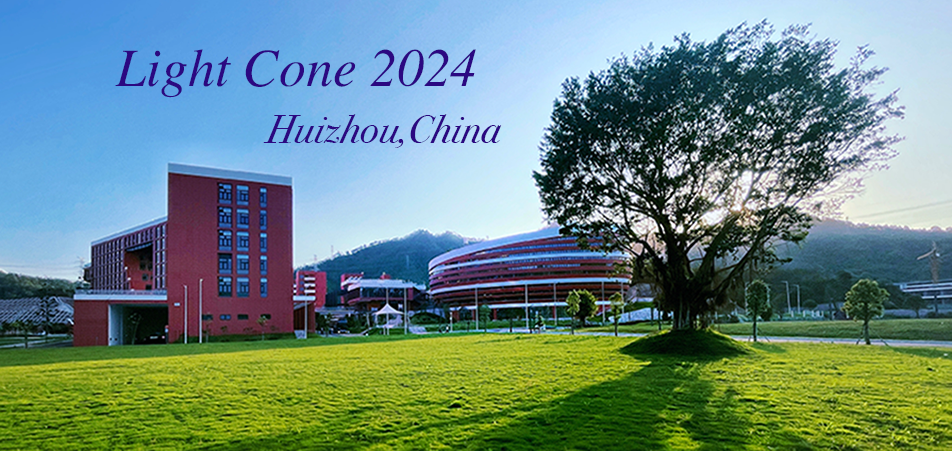Speaker
Description
The most challenging aspect of Quantum Chromodynamics (QCD) is perhaps the complexity of calculations required to obtain precise results. For example, ab initio Lattice QCD calculations demand expensive computations on large supercomputers. Yet, existing machines are still not sufficiently powerful to fully address many interesting problems such as structure functions of hadrons, or hadronization processes. In fact, conventional computers may never be powerful enough to simulate time evolution of quark matter. On the other hand, fault-tolerant quantum computers may offer resources required to perform those calculations in the future. Front form of Hamiltonian dynamics is one of the natural high-energy-physics frameworks one can hope to employ on a quantum computer. In order to successfully simulate QCD on a quantum computer one has to address the problem of renormalization. We report on the progress of calculation of the renormalized Hamiltonian of QCD using renormalization group procedure for effective particles. Using canonical Hamiltonian of QCD as a starting point we derive an effective (renormalized) Hamiltonian up to second order in the coupling constant. Our Hamiltonian is free from ultraviolet divergences and can be diagonalized without the need to adjust the parameters as a function of the basis size (accuracy of the calculation), as opposed to typical renormalization schemes. This allows for separation between the renormalization process and the diagonalization process. Therefore, the challenges and uncertainties inherent to the two processes are also separated and the resulting Hamiltonian can be used in conjunction with any diagonalization method (classical or quantum). Additionally, the problem of complicated structure of effective interactions is overcome with the discovery of a simplified form of the renormalized Hamiltonian. We also comment on some known challenges that still need to be addressed.

